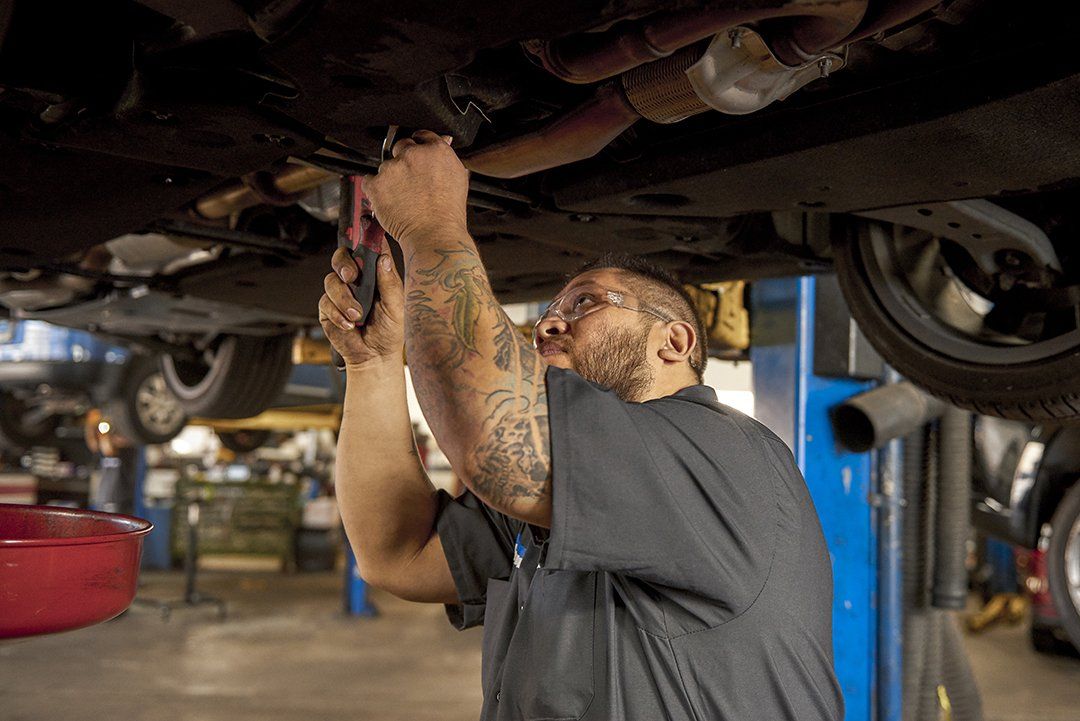Hands-on transmission systems, also referred to as hands-on transmissions or standard transmission, require vehicle drivers to manually pick equipments using a gear stick and operate a clutch pedal. This setup offers direct control over the car's power and rate, permitting a more involved driving experience. The core parts of a hand-operated transmission include gears, shafts, and synchronizers, which work with each other to transmit engine power to the wheels successfully.
In a common manual transmission, the motorist makes use of the clutch pedal to disengage the engine from the transmission, selects the wanted equipment making use of the gear stick, and after that releases the clutch to re-engage the engine with the new equipment proportion. This process permits exact control over the automobile's efficiency, enabling motorists to enhance power delivery for numerous driving conditions. The straight mechanical connection in manual transmissions commonly results in far better fuel effectiveness and a more linked feel in between the vehicle driver and the car.

The drivetrain in lorries with manual transmissions contains several crucial parts:
•Clutch: Engages and disengages the engine from the transmission to enable gear modifications.
•Transmission: Has a collection of equipments that can be selected to readjust the vehicle's rate and torque.
•Driveshaft: Transmits power from the transmission to the differential.
•Differential: Distributes power to the drive wheels while enabling them to rotate at different speeds, especially throughout turns.

Comprehending these components is critical for appropriate lorry maintenance and operation, making sure a smooth and receptive driving experience.
Check for more info at Logan Square Auto Repair - Automatic/Manual Transmission Systems Facebook Youtube Instagram
Latest Posts
Friendly Lincoln: Certified Pre-Owned Lincolns Bring You Peace of Mind Today
Your Relied On Subaru Supplier: Modern Subaru
Why the Lexus ES Car at Lexus of Edison is Your Following High-end Ride
Navigation
Latest Posts
Friendly Lincoln: Certified Pre-Owned Lincolns Bring You Peace of Mind Today
Your Relied On Subaru Supplier: Modern Subaru
Why the Lexus ES Car at Lexus of Edison is Your Following High-end Ride